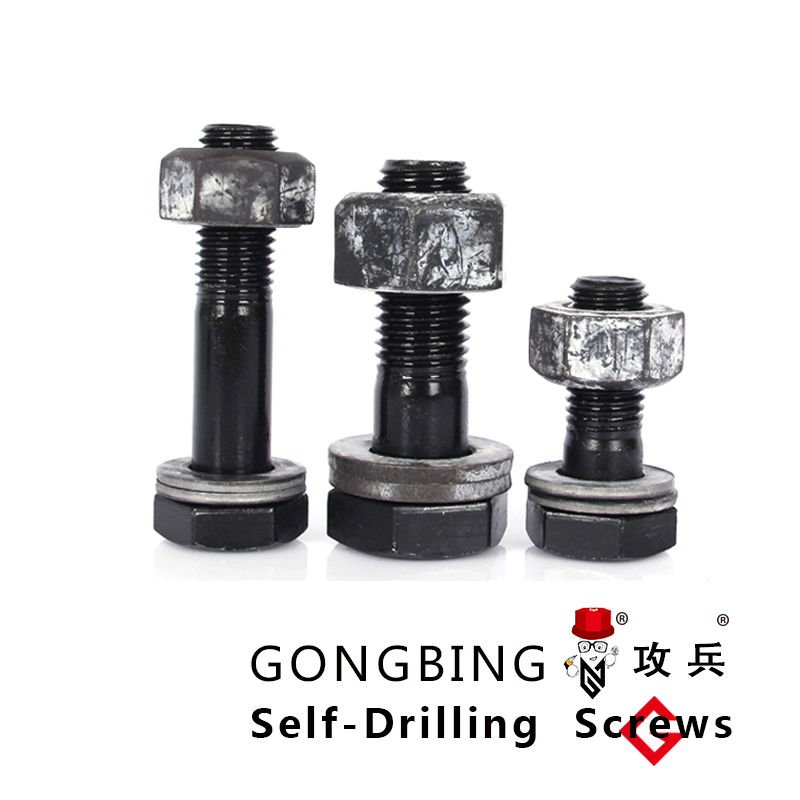Understanding the Basics of Chemical Anchors in Masonry Applications
Understanding Chemical Masonry Anchors A Comprehensive Guide
In construction and engineering, the importance of reliable anchoring systems cannot be overstated. Among the various types of anchors available, chemical masonry anchors have gained popularity due to their unique advantages and versatility. This article explores what chemical masonry anchors are, how they work, and their applications in construction projects.
What Are Chemical Masonry Anchors?
Chemical masonry anchors consist of two main components a resin (often epoxy) and a hardener. These components are mixed together, usually on-site, to create a chemical bond with the base material—in most cases, concrete or masonry. The mixture is injected into a pre-drilled hole, and a metal fastener or rod is inserted into the liquid resin. Once the resin cures (hardens), it forms a strong bond that securely holds the fastener in place.
How Do They Work?
The effectiveness of chemical anchors lies in their ability to bond at a molecular level with the host material. When the resin is mixed with the hardener, a chemical reaction begins, which generates heat and causes the mixture to expand slightly, filling any voids or air pockets within the drilled hole. This ensures an intimate contact between the resin and the surrounding material, enhancing load-bearing capacity and resistance to shear forces.
One of the biggest advantages of chemical anchors is their ability to achieve high tensile and shear strength in various materials, including cracked and uncracked concrete, brick, and block. This makes them particularly advantageous for applications where traditional mechanical anchors might struggle, such as in high-stress environments or where structural integrity is critical.
Key Advantages of Chemical Masonry Anchors
1. High Load Capacity Chemical anchors are capable of handling significantly higher loads compared to traditional mechanical anchors. This makes them suitable for heavier installations and demanding structural applications.
2. Versatility They can be used in a wide range of materials, including concrete, brick, and stone, making them a versatile choice for different construction projects.
3. Minimal Vibration During Installation Unlike mechanical anchors that require hammering, chemical anchors can be installed with minimal disturbance to the surrounding material, reducing the risk of microcracks or damage.
chemical masonry anchors

4. Resistance to Corrosion Many chemical anchors come with advanced formulations that are resistant to environmental factors, including moisture and chemicals, which can prolong the life of the installation.
5. Cracked Concrete Applications Chemical anchors are specifically engineered to perform well in applications involving cracked concrete, where traditional expansion anchors may fail.
Applications of Chemical Masonry Anchors
Chemical masonry anchors are widely used across various industries and applications. Common uses include
- Structural Connections Securing steel beams or columns to concrete. - Facade Attachments Supporting external facades, cladding, or signage on buildings. - Rooftop Installations Mounting HVAC systems, antennas, solar panels, and other rooftop equipment. - High-Security Installations In settings that require enhanced security, such as bank vaults or data centers.
Installation Process
The installation process for chemical anchors typically involves the following steps
1. Drilling A hole is drilled into the base material using the appropriate drill bit. 2. Cleaning The hole is cleaned of dust and debris to ensure proper adhesion. 3. Mixing the Resin The resin and hardener are mixed according to the manufacturer's instructions. 4. Injection The mixed resin is injected into the hole. 5. Inserting the Anchor A metal anchor or bolt is placed into the resin before it begins to cure. 6. Curing The resin is allowed to cure, after which the anchor reaches its full strength.
Conclusion
Chemical masonry anchors offer a reliable, strong, and versatile option for securing materials in construction. Their ability to bond chemically with various substrates, resistance to environmental factors, and high load capacities make them suitable for a wide range of applications. As the demand for stronger and more efficient anchoring solutions continues to grow, chemical masonry anchors will likely play an increasingly critical role in modern construction practices. Understanding their benefits, installation processes, and appropriate applications is essential for engineers and contractors alike, ensuring robust and durable installations that stand the test of time.
-
Weatherproof Plastic Expansion Anchors for OutdoorNewsJun.06,2025
-
Sustainability in the Supply Chain: Eco-Friendly TEK Screws ProductionNewsJun.06,2025
-
Load-Bearing Capacity of External Insulation FixingsNewsJun.06,2025
-
Double Head Bolts: Enhancing Efficiency in Industrial MachineryNewsJun.06,2025
-
Corrosion Resistance in Chipboard Screws: Coatings for Wholesale DurabilityNewsJun.06,2025
-
Butterfly Toggle Bolts : Enhancing Structural ResilienceNewsJun.06,2025
